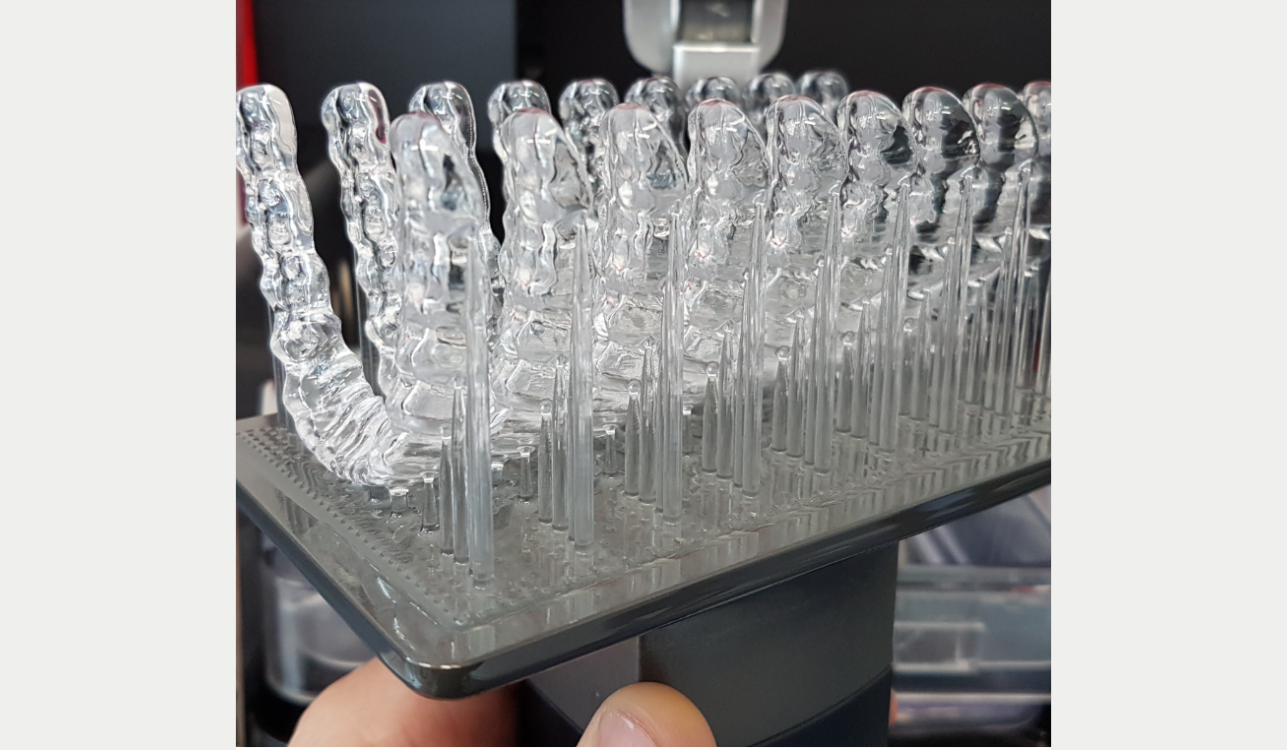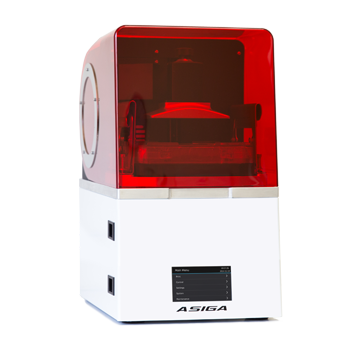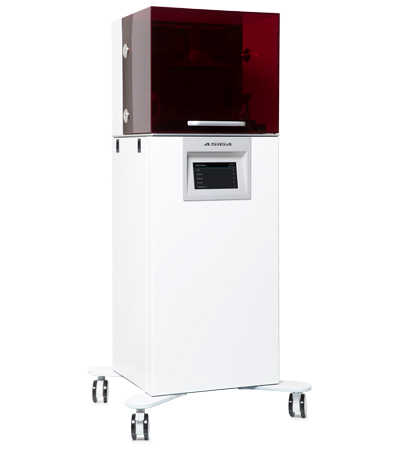
Splint Fabrication: Digital vs Traditional
More and more dental laboratories and practices are adopting 3D printing for splint fabrication. For an investment to adopt the 3D printing in your dental practice and laboratory, we want to be absolutely certain that we are making the right choice and getting a good deal. We prepared this infographics to show you the comparison between the digital workflow for splint fabrication and the traditional method. You can see how the streamlining of the whole process in the digital workflow can bring a lot of benefits.
The digital workflow starts with intra-oral scanning of the patient's case. The case is recorded in a digital format and is then used to design the splint device using computer-aided design software like 3Shape, ExoCAD and CA clear aligner. In any case of multiple usage for other applications, this digital model can easily be re-used without troubling the patient and without having to prepare extra impression materials. This CAD design is then transferred to the 3D printer thorugh the intuitive and user-friendly interface and ready to be 3D printed. After the 3D printing process is done, the printed part shall be removed from the machine and go through cleaning. The parts are dipped into the cleaning solution to remove residual resins. Then, post-curing inside a UV chamber further ensures that the printed parts are perfectly cured. This is very important for the patients' safety and it shall be done according to the instruction from 3D print resin manufacturer. Lastly, finishing touch and polishing can be done to achieve the desired aesthetics of the parts. The whole process in the digital workflow typically takes 1.5 hour. This is so much more improvement in productivity compared to the typical 6 hour spent in the traditional splint fabrication.
With the maturing of dental 3D printing market, the technology also becomes very advanced. For splint fabrication, there are very high-quality resin like Keystone's Keyprint Soft that prints with high accuracy and speed in desktop 3D printer like Asiga, Rapidshape, Moonray, Miicraft and Ackuretta.
The digital workflow standardized the fabrication process because it is perfectly scalable. You can avoid error in the model material mixing and impression taking. The skills required in the digital workflow are also very well documented in many resources that are provided by the community of digital dentistry. If you are still unsure about picking up the designing skills, you also have the option to outsource the design and print in-house.
The manual part in the digital workflow is kept at minimum, particularly in the last finishing touch and polishing to enhance the aesthetic aspects of the printed part. Throughout the entire digital workflow, there is no need for working with hot wax , no need for exposing your valued employees to inhalation of fumes or gypsum dust. This will greatly alleviate your lab workforce from occupational health hazards.



